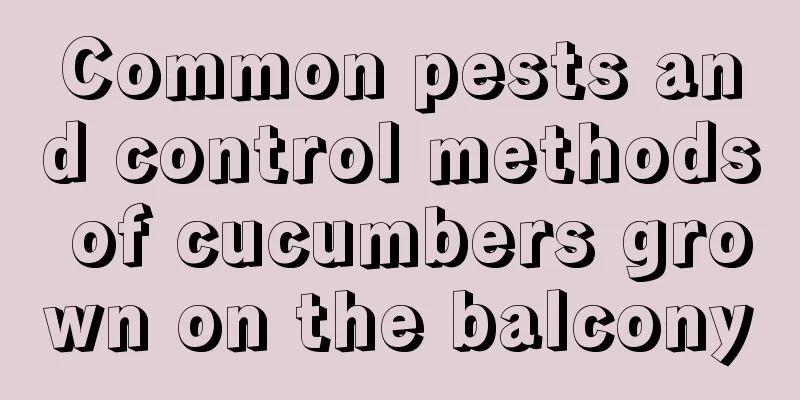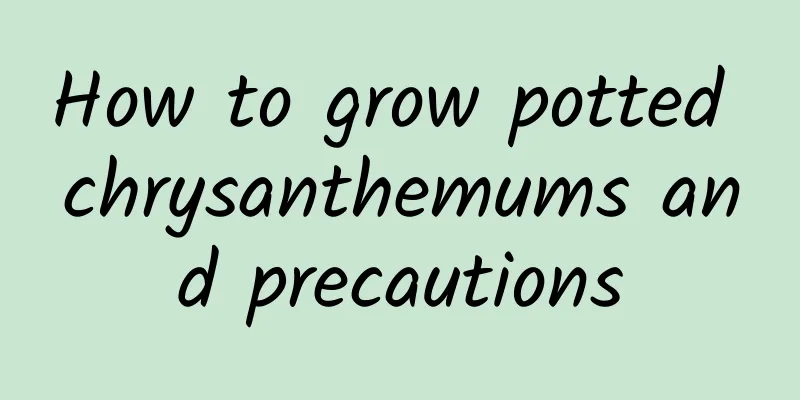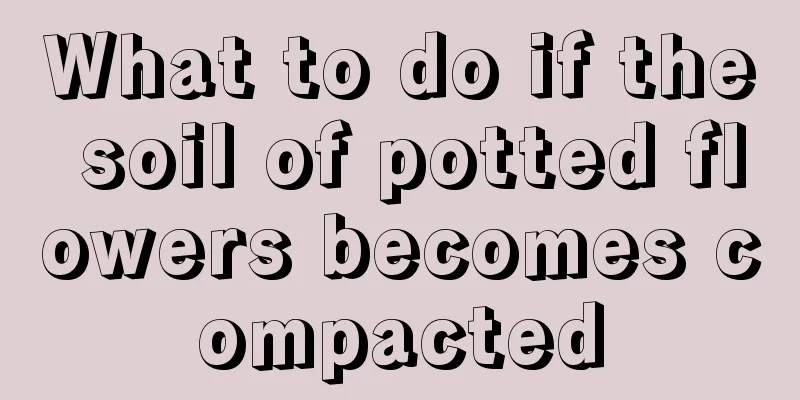Common pests and control methods of cucumbers grown on the balcony

Common cucumber pests: root-knot nematodesSymptoms: Mainly damages the roots. After the roots are infected, they are poorly developed, with many lateral roots, and spherical or conical tumors of varying sizes are formed at the root ends, sometimes in clusters. They are white and soft at first, then turn brown to dark brown, and the surface is sometimes cracked. The above-ground parts of the affected plants are poorly developed, the leaves are yellow, and they wilt and die in the early morning, and can easily be mistaken for wilt-diseased plants. Prevention and control methods: soil disinfection. Before planting, disinfect the soil with 1-1.5 ml of 1.8% insect mite emulsion per square meter mixed with 6 liters of water; during the growing period, irrigate the roots with 1,000-1,500 times dilution of 1.8% insect mite emulsion 1-2 times, with an interval of 10-15 days. Common cucumber pests: whitefliesWhiteflies have a wide variety of diets and can harm a variety of vegetables. The main pests are nymphs, which concentrate on sucking juice from the back of cucumber leaves, causing the leaves to fade, turn yellow, and wilt. In severe cases, the plants may die. When causing harm, it also secretes dew, which contaminates the leaves, causes fungal infection, affects the photosynthesis of the plant, and seriously affects the yield and quality. Prevention and control methods: Try to avoid mixed planting, especially cucumbers, tomatoes and beans. Old nymphs are mostly found on the lower leaves. Remove the old leaves and burn them. You can use 25% thiamethoxam (buprofezin) wettable powder or 2.5% cypermethrin or 20% cypermethrin (sulfuron) emulsifiable concentrate at a concentration of 2000 times for spraying once every 6 to 7 days for three consecutive times. You can also use smoke spray for fumigation 2-3 times in a row. |
<<: Clove Pests and Control Methods
>>: Common Pests of Impatiens and Their Control Methods
Recommend
The soil in front of the door is better for growing flowers than the ones you buy.
Leaf and vegetable synthesis method Ordinary soil...
How to grow orchids to thrive
1. Fertilizer Although orchid mud is needed for p...
Things to note when repotting Huayuejin
Time to choose Huayuejin repotting Although Hua Y...
Snake fruit cultivation methods and precautions
1. Maintenance methods 1. Temperature: If the tem...
Reasons why rose leaves turn yellow
Causes and solutions Improper watering If the you...
How to grow avocados and where are avocados produced?
1. How to plant 1. Process the seeds: After eatin...
Can rice water be used to water spider plants?
1. Can be poured Rice water can be used to water ...
The efficacy and function of the inverted pot
1. Treat cough and vomiting blood The tea from th...
The causes and treatments of yellow leaves of Areca palm
1. The temperature is too low 1. Reason: Areca pa...
What fertilizer is good for cherry trees?
What fertilizer to use for cherry trees The main ...
What to do if the golden unicorn has root rot
what to do 1. Root treatment First, take the plan...
Rose cutting time and method
Rose cutting time Roses prefer a warm environment...
When is the best time to plant outdoor watermelons?
Open-air watermelon is a commonly used watermelon...
When should watermelons be planted?
The open field cultivation of watermelons is carr...
Can red sandalwood seedlings be planted in the north?
Can red sandalwood seedlings be grown in the nort...









